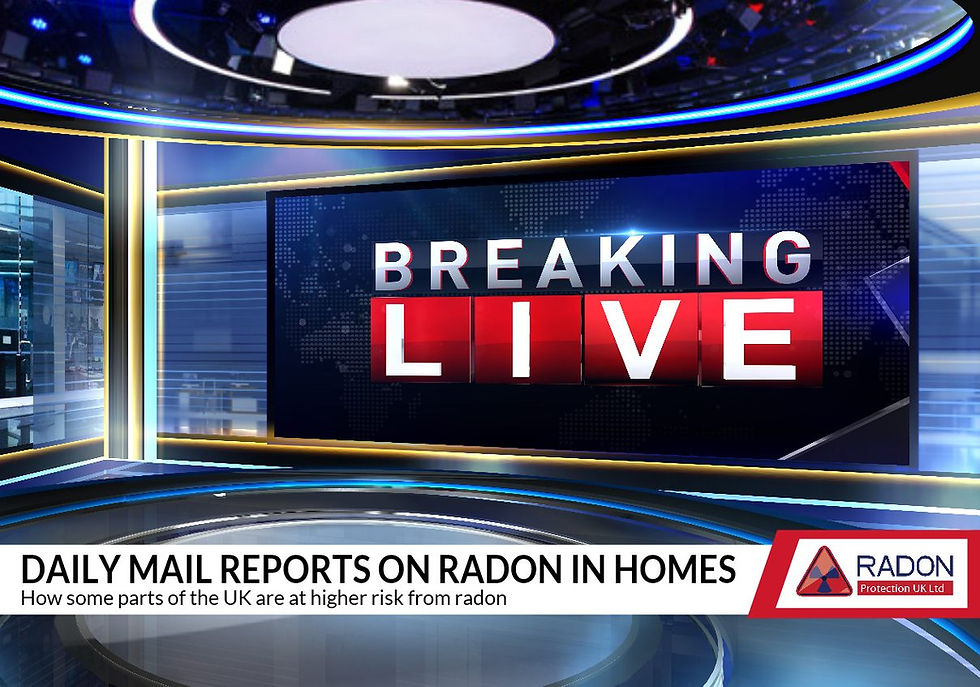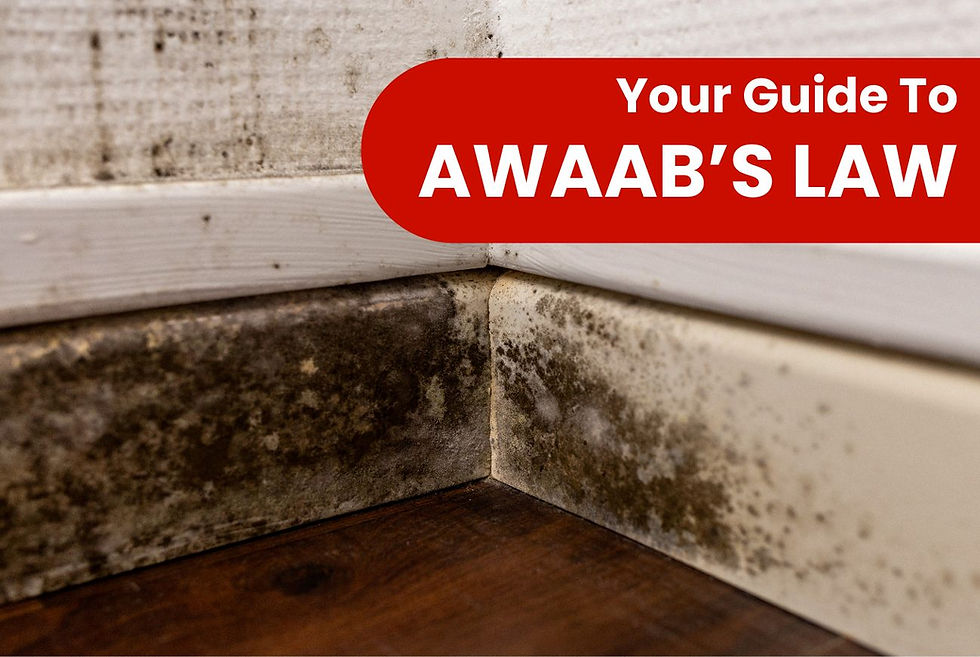RADON MAPS
- sarah11342
- Sep 21, 2021
- 1 min read
Radon gas is a colourless, odourless radioactive gas. It’s formed by the radioactive decay of small amounts of uranium that occur naturally in all rocks and soils. The main danger from high radon exposure is the increased risk of lung cancer. For most people, radon is the single largest source of radiation exposure whether they are at home or at work. Public Health England (PHE) is the UK’s primary expert on radon and radiation protection. PHE provides resources and advice about radon for the public, including individual householders, industry, education and research. Radon Protection UK has more information about radon, including:
health risks
maps of radon-affected areas
the radon measurement services that Radon Protection UK offers

Every building contains radon but the levels are usually low - and the chances of a higher level depend on the type of ground.
The radioactive elements formed by the decay of radon can be inhaled and enter our lungs.
Inside the lungs, these elements continue to decay and emit radiation, most importantly alpha particles.
These are absorbed by the nearby lung tissues and cause localised damage. This damage can lead to lung cancer. For further information call Radon Protection UK on 0800 978 8435,





Comments